 |  |  |
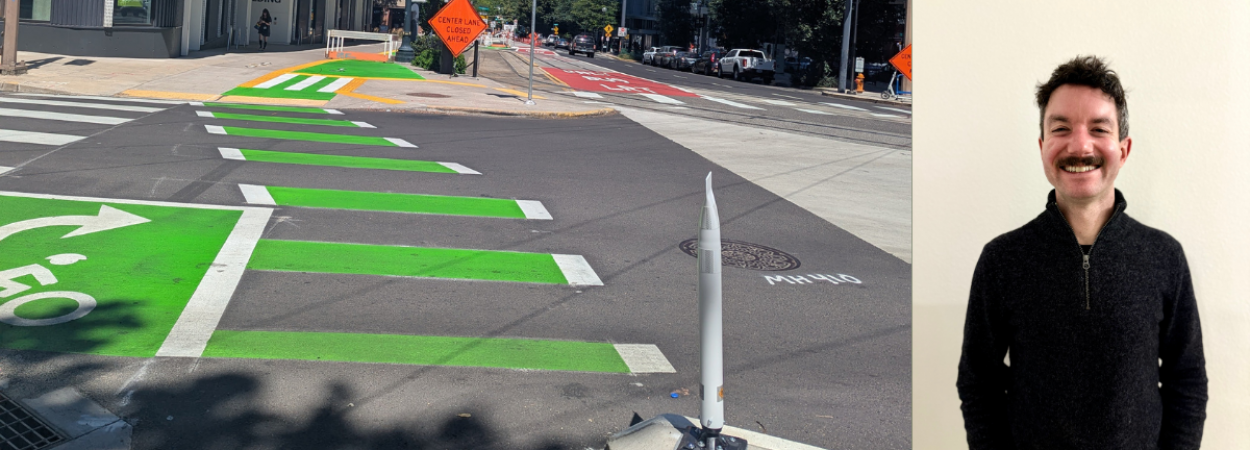
Adam Moore graduated from Portland State University in 2012 with a Master's of Science in Civil Engineering. He now works as a traffic engineer for the Portland Bureau of Transportation (PBOT) in Portland, Oregon, where he helped shape the signals and street lighting for Portland's SW Fourth Avenue Improvement Project. BikePortland rode the new 4th Ave route as soon as it opened – check out the video here!
I work at the Portland Bureau of Transportation as a traffic engineer in the Signals, Street Lighting, and ITS (Intelligent Transportation Systems) Division. I focus on Southwest Portland, where I oversee a few hundred t…
Read More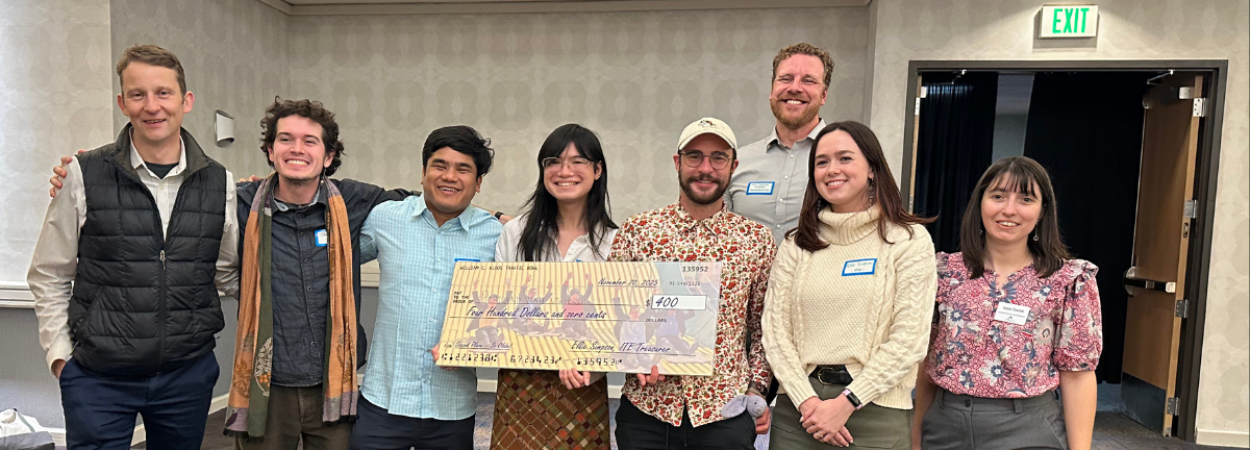
Last month, a team of four Portland State University (PSU) students competed in the 34th Annual Bill Kloos Traffic Bowl, hosted by the Oregon chapter of the Institute of Transportation Engineers (ITE). The PSU team took second place, with Oregon State University (OSU) as the first-place winners. Second prize was a cash award of $400, which PSU's ITE student chapter, Students in Transportation Engineering and Planning (STEP), has added to its club funds.
The funds, and the excitement of receiving a big cardboard check, weren't the only rewards for PSU team members Pabitra Kumar Roy, Elias Peters, Sammy Won, and Jacob Hoopes. They also gained experience and confidence, along with some new knowledge.
"To me, it's a great experience. Meeting new people, quizzing yourself on your academic knowledge. That's really fun, and it also helps me to correlate what I'm learning in my classes to real-life things," said Roy, who will graduate with a masters…
Read More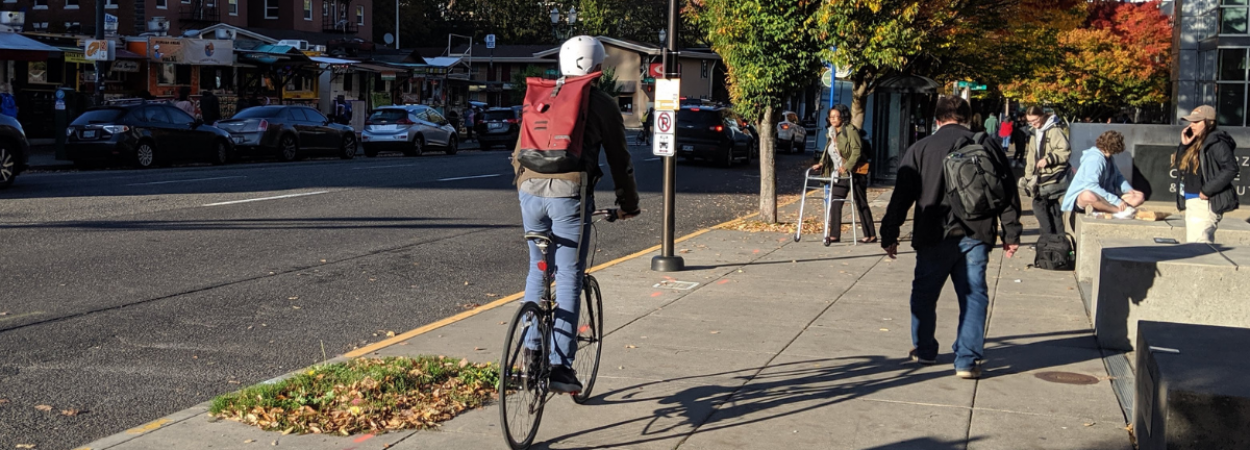
As traffic deaths among people walking and biking continue to rise—and as new mobility technologies rapidly reshape how we all move—Portland State University (PSU) has been selected to lead a major national effort to improve roadway safety and accessibility.
The Transportation Research and Education Center (TREC) at PSU has been awarded a contract from the National Cooperative Highway Research Program (NCHRP) to develop a new Modern Active Transportation Research Roadmap. This roadmap will help the American Association of State Highway and Transportation Officials (AASHTO) set priorities and guide future investments in active transportation across the country.
The new project builds on previous work by PSU. In 2021, TREC partnered with Toole Design Group to create the existing Council on Active Transportation (CAT) Research Roadmap. The coming update—led by PSU's Jennifer Dill, Nathan McNeil, Sirisha Kothuri, and John M…
Read More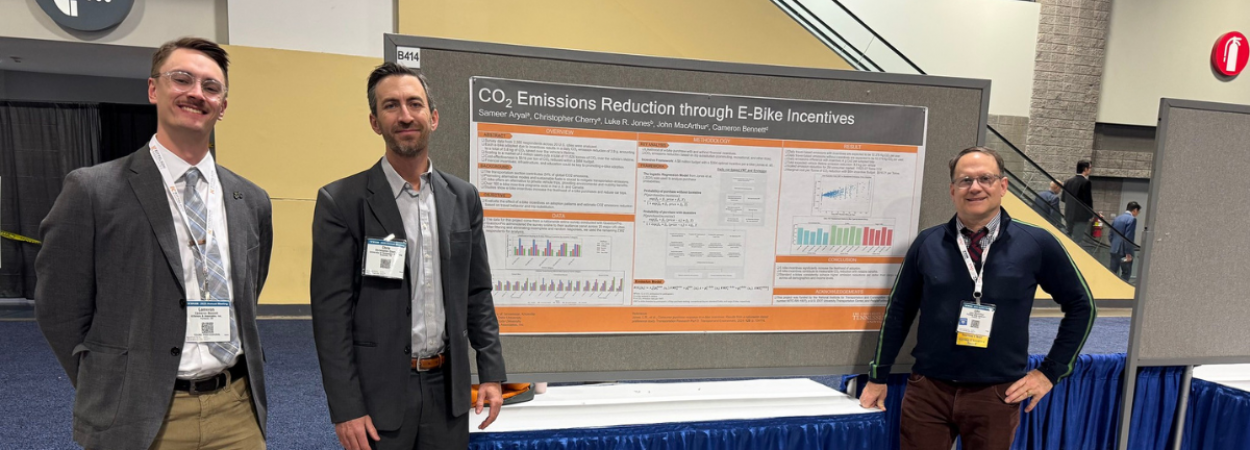
As the transportation world converges once again on Washington, D.C. for the 105th Annual Meeting of the Transportation Research Board (TRB) next month, researchers, practitioners, and policymakers will come together to explore tomorrow’s mobility challenges. This year, Portland State University (PSU) brings a lineup of work that reflects emerging priorities: multimodal safety, climate resilience, innovative data and modeling approaches, and community-centered planning.
At TRB, held from January 11–15, expect to see PSU presentations that bridge the gap between scholarship and real-world impact. Our faculty, students, and partners continue to contribute to global conversations about the future of mobility.
Below are a few highlights of what PSU researchers are bringing to the program!
4:00 PM- 5:45 PM (All times are Eastern Time): …
Read More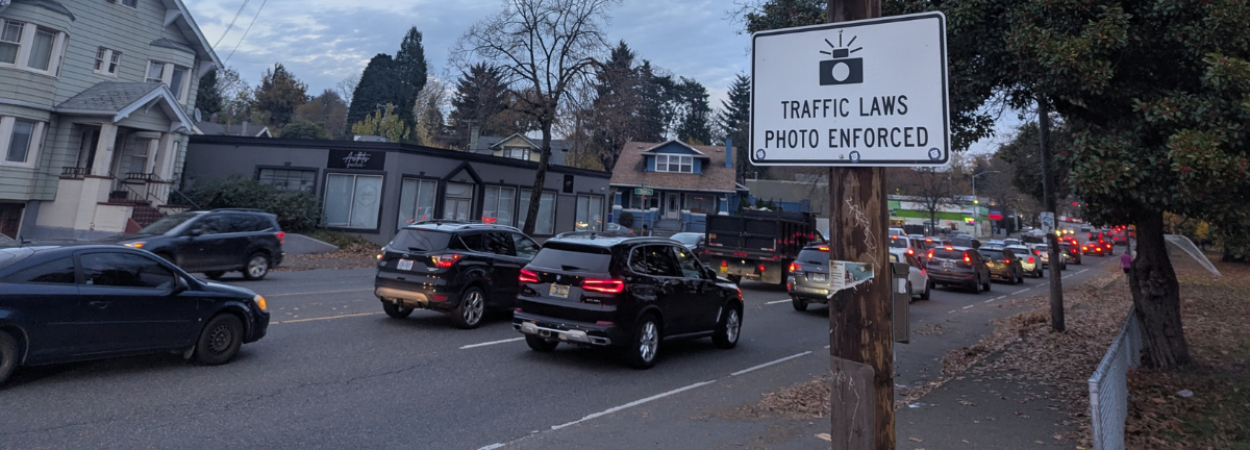
A study led by researchers at Portland State University is helping shape the future of speed safety camera use across Oregon. The report combines national and international best practices to give the Oregon Department of Transportation (ODOT) a clear, evidence-based roadmap for how to expand speed safety camera use responsibly across the state.
The project was led by Professor Miguel Figliozzi of PSU’s Maseeh College of Engineering and Computer Science and graduate research associate Sophia Semensky, working with collaborators from Oregon State University.
The PSU research team gathered data on how speed safety cameras (SSCs) perform in real-world conditions and summarized best practices from cities across the U.S. and abroad, including New York City, Seattle, Philadelphia, Washington, D.C., France, and Australia. Their findings will guide ODOT’s next generation of SSC programs.
… Read More